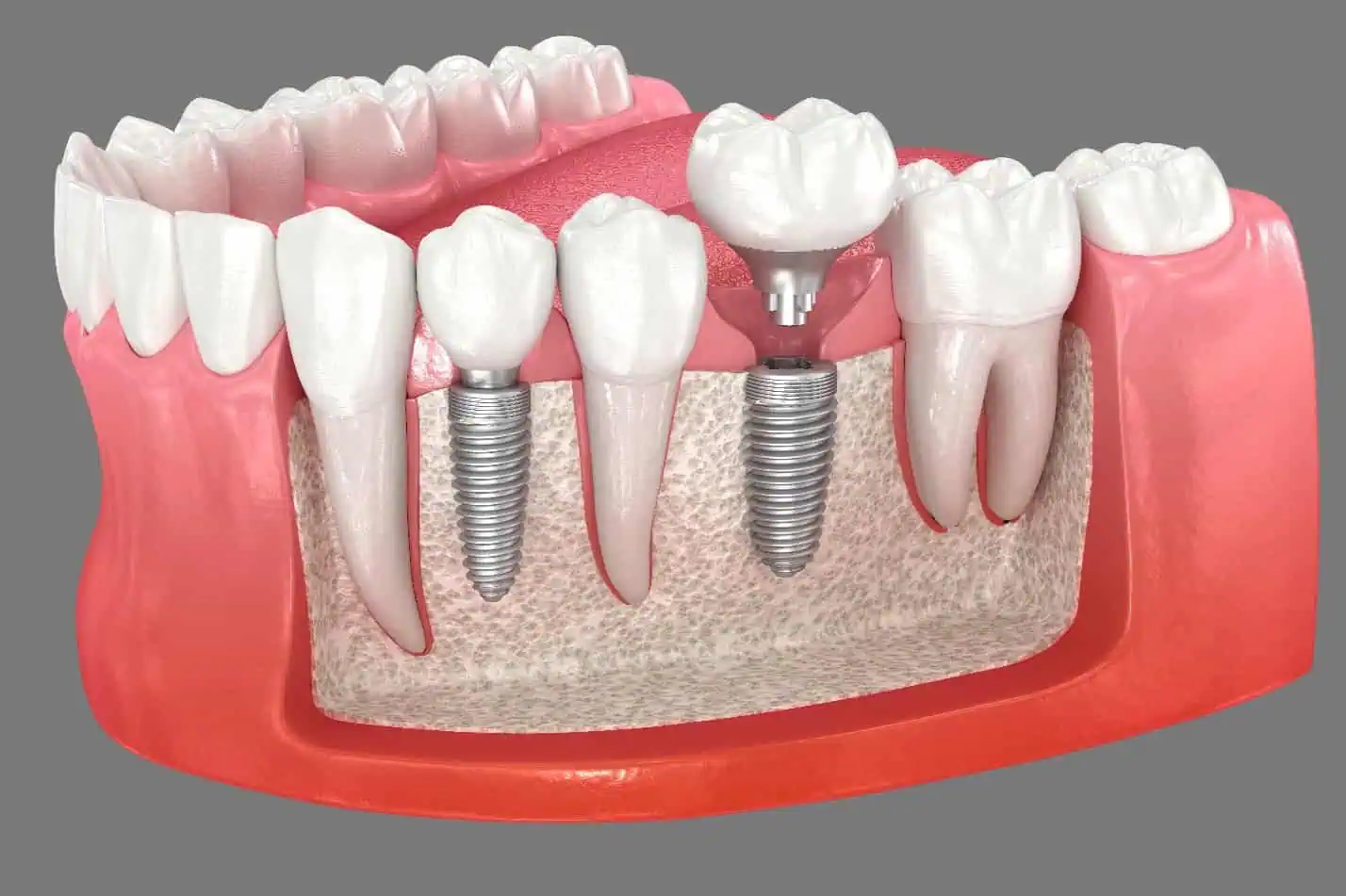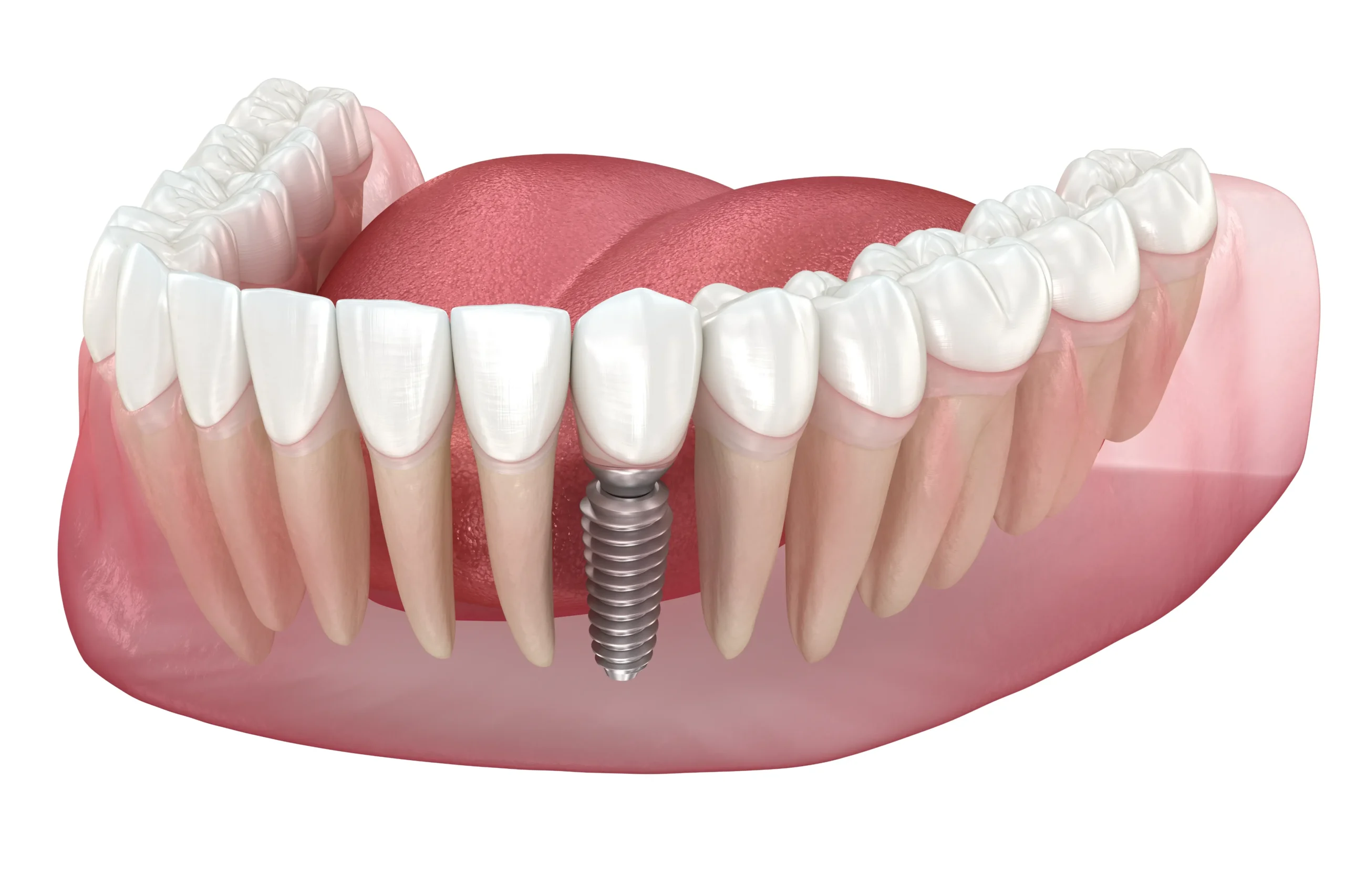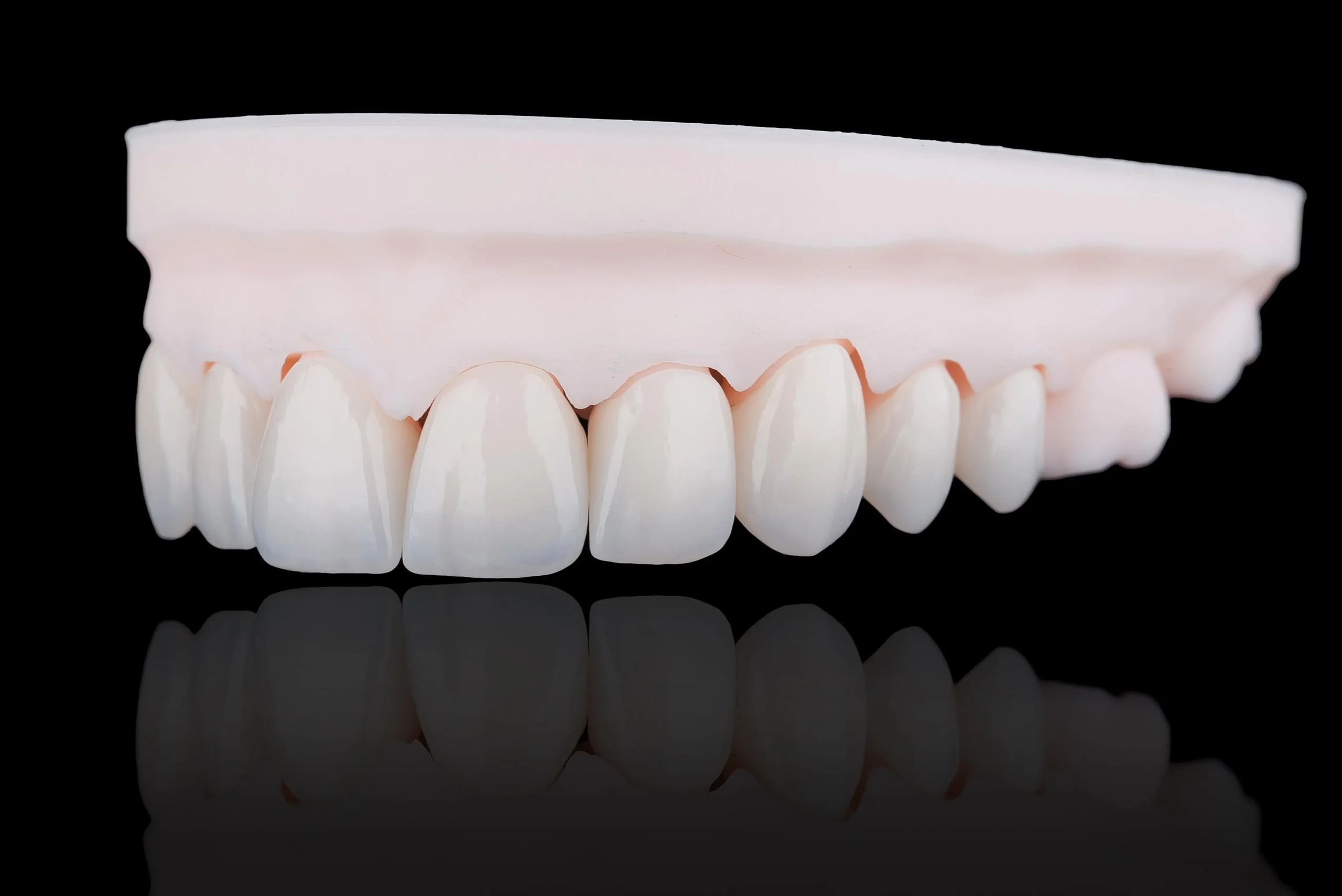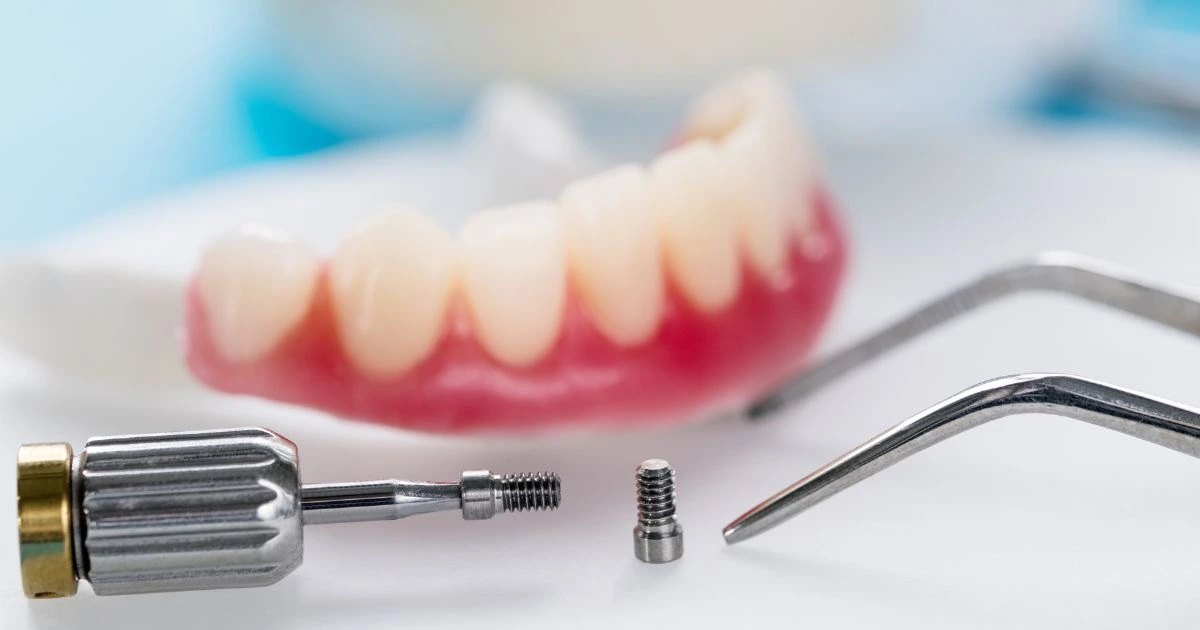Table of Contents
Restore the Bone You Need for a Strong, Long-Lasting Smile
If you’re missing upper back teeth and have been told you don’t have enough bone for dental implants, a sinus lift could be the key to getting your smile back. At Gordon Dental Implants & Cosmetics, we specialize in advanced bone grafting procedures including sinus lifts to make dental implants possible even in the most challenging cases.
Dr. Philip Gordon, the dental implant specialist at Gordon Dental Implants and Cosmetics, has personally trained with Dr. Hilt Tatum, the inventor of the sinus lift procedure, learning his original techniques and incorporating the latest advancements in implant dentistry. This allows us to achieve predictable, long-lasting results for our Kansas City, Overland Park, and Leawood patients.
What is a Sinus Lift?
A sinus lift (or sinus augmentation) is a bone grafting procedure that increases bone height in your upper jaw specifically in the back molar and premolar areas by gently raising the sinus membrane and placing bone graft material underneath.
This creates a strong, healthy foundation for dental implants.
Why Would You Need a Sinus Lift?
You may need a sinus lift if:
- You’ve lost upper back teeth and bone has resorbed over time
- You have naturally large sinus cavities and limited bone height
- You’ve had gum disease or infection that caused bone loss
- You want dental implants but have been told there’s “not enough bone”
Without enough bone, dental implants can’t be placed securely. A sinus lift solves that problem.
Case Study #1: Sinus Lift and Implant Placement After a Failing Root Canal Tooth
Patient Background:
A patient presented to our Kansas City office with pain and swelling in the upper right back tooth region. The tooth had previously undergone a root canal, but over time, it fractured and developed a chronic infection. A CBCT scan revealed not only the failing tooth but also severe bone loss in the upper posterior jaw, with the sinus floor dropping down into the area where an implant would ideally be placed. Without additional bone, a traditional dental implant would not have been possible.

Before Image Caption:
CBCT scan showing a fractured, infected tooth with a failing root canal and very limited bone height under the sinus cavity.
Treatment Plan:
We first removed the hopeless, fractured tooth and thoroughly cleaned the infected site. During the same procedure, we performed a sinus lift, gently elevating the sinus membrane and placing bone graft material to rebuild the lost bone height. This created a strong foundation for a dental implant. After a healing period to allow the bone graft to fully integrate, we placed a high-quality dental implant precisely into the regenerated bone. Finally, a custom-designed crown was placed to restore both function and appearance.

After Image Caption:
CBCT scan after healing, showing the dental implant securely placed in regenerated bone, fully restored with a custom crown.
Results:
Today, the patient has a stable, strong dental implant with a natural-looking crown in the upper right molar position. They can chew comfortably and smile with confidence and because the bone was rebuilt through the sinus lift, their implant is expected to last for many years. This case highlights how advanced techniques like the sinus lift can turn situations with little to no bone into long-term, successful dental implant solutions.
Case study #2
Case Study: From Severe Bone Loss to a Full, Beautiful Smile
Patient Background:
A female patient came to our office after living for many years without her upper back teeth. She had significant difficulty chewing and wanted a permanent, comfortable solution to restore her smile and function. A CBCT scan revealed that her upper jaw had severe posterior bone loss caused by long-term tooth loss and sinus pneumatization where the sinus cavities had expanded downward into the areas needed for dental implant placement. In some spots, there was virtually no bone height available to place implants.

Before Image Caption:
CBCT scan showing severe bone loss in the upper jaw. The sinus cavities have expanded downward (pneumatized), leaving little to no bone height for dental implant placement.
Treatment Plan:
We recommended bilateral sinus lift procedures to rebuild the missing bone in her upper jaw. During surgery, we carefully elevated the sinus membranes on both sides and placed bone graft material to restore adequate bone height for dental implants. After a healing period to allow the grafts to fully integrate, we placed a series of implants in an All-on-4–style configuration to give her a complete set of strong, stable upper teeth.
After Image Caption:
Post-treatment CBCT scan showing bilateral sinus lifts with integrated bone grafts and full dental implants in place. The patient now enjoys a stable, permanent upper arch and a fully restored smile.

Results:
Today, the patient enjoys a beautiful, full smile supported entirely by implants. She can chew all types of foods comfortably, speak confidently, and no longer worries about the instability or inconvenience of dentures. This case is a perfect example of how advanced surgical techniques like the sinus lift make it possible to restore smiles, even in situations with severe bone loss.
How We Perform a Sinus Lift at Gordon Dental
Our process is precise and patient-focused:
- 3D CBCT Scan & Digital Planning – We use advanced imaging to measure bone height and map your sinus anatomy.
- Comfort & Sedation Options – IV sedation or oral sedation ensures you’re relaxed during the procedure.
- Gentle Sinus Membrane Elevation – Using microsurgical techniques learned directly from Dr. Tatum, we lift the sinus membrane without tearing it.
- Bone Graft Placement – Bone material is placed in the space, creating the foundation for future implants.
- Healing & Integration – Bone heals over several months, creating strong support for implants.
- Implant Placement & Restoration – Implants are placed, restored with crowns, and function like natural teeth.

Frequently Asked Questions About Sinus Lifts
Is a sinus lift painful?
Most patients experience little to no discomfort thanks to sedation and gentle techniques. Mild swelling or soreness is common but manageable.
How long does it take to heal?
Initial healing takes about 1–2 weeks, but bone maturation for implants typically takes 4–6 months.
What is the success rate?
When performed by an experienced implant specialist, sinus lifts have a very high success rate often above 95%.
How much does a sinus lift cost in Kansas City?
Costs vary based on the complexity and whether one or both sides are treated. We provide transparent pricing during your free consultation.
Are there alternatives to a sinus lift?
In some cases, shorter implants or angled pterygoid and zygomatic implants can be used, but a sinus lift often provides the most stable, long-term solution.
Why Choose Gordon Dental Implants & Cosmetics for Your Sinus Lift?
- Trained directly by Dr. Hilt Tatum, the inventor of the sinus lift
- Board-certified dental implant specialist with 15+ years of experience
- 10,000+ implants placed and restored
- Full-service in-house 3D imaging, surgery, and restoration
- Serving Kansas City, Overland Park, Leawood, and surrounding communities
Ready to find out if a sinus lift can help you get dental implants?
Call us today at 913-649-5017 or visit www.gordondentalimplantsandcosmetics.com to schedule your free consultation and 3D scan.






